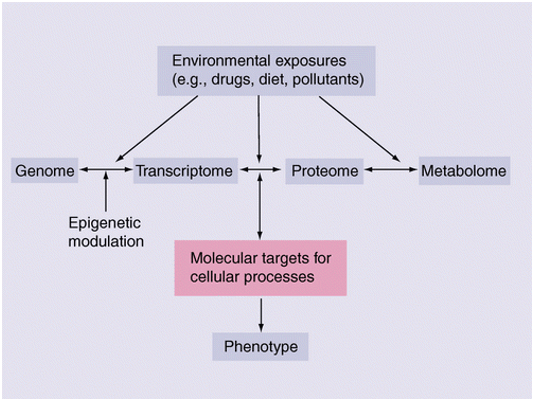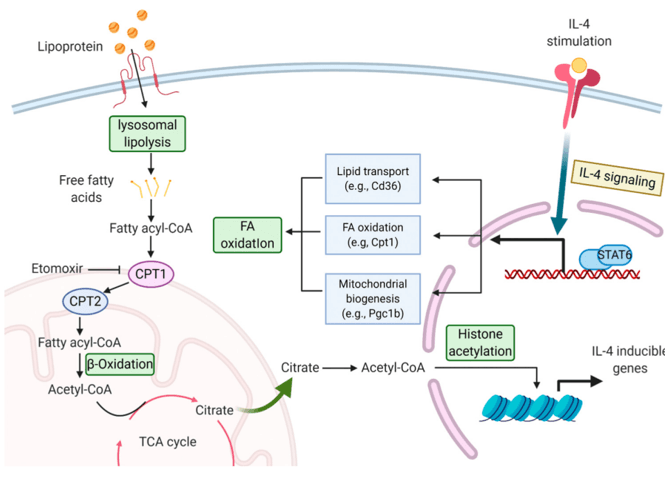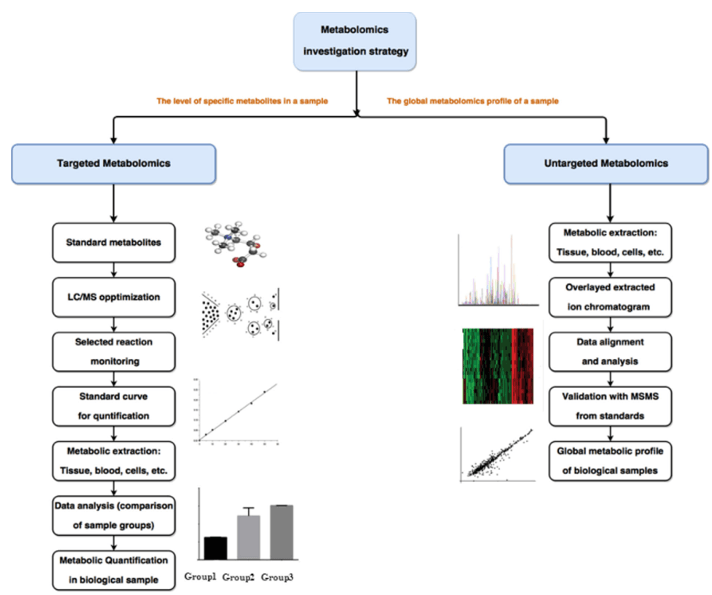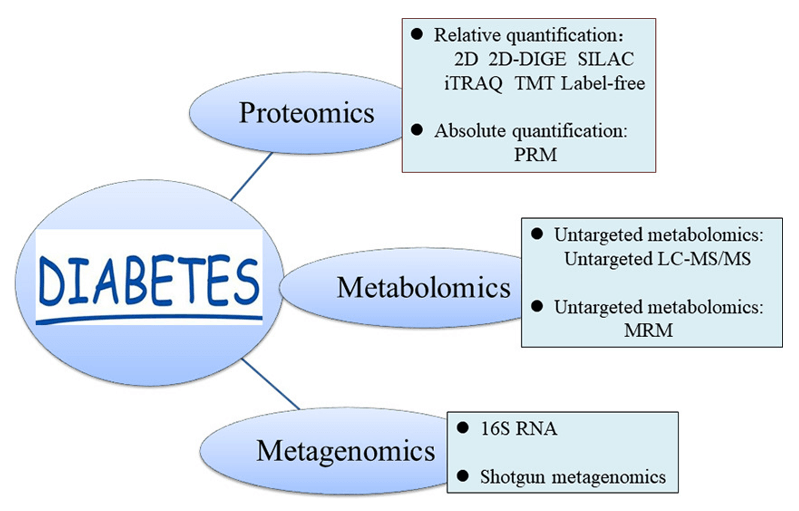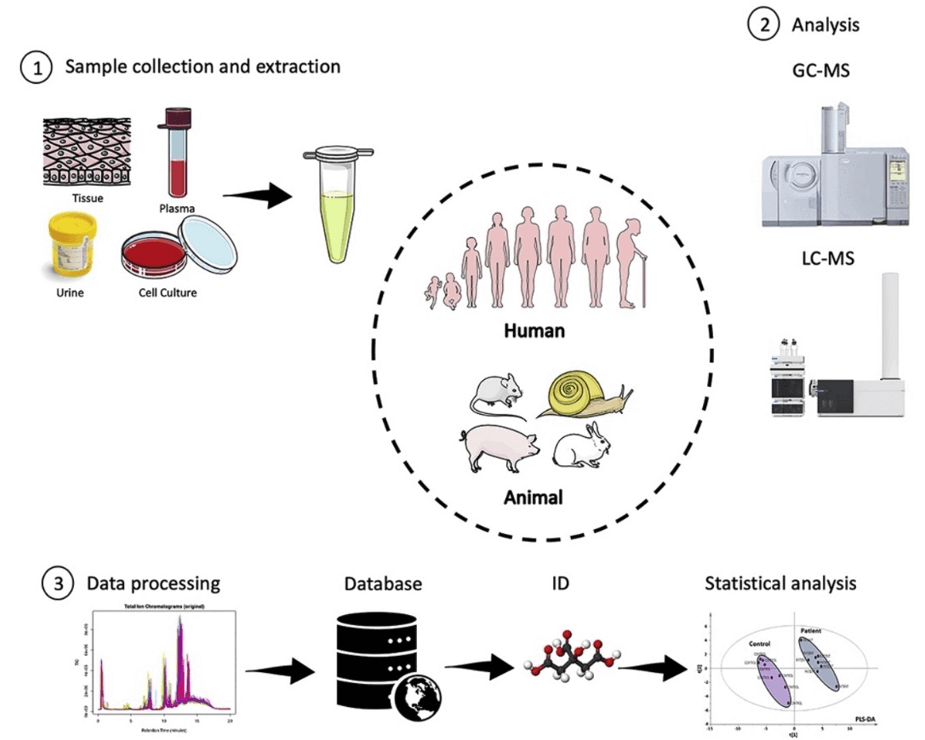α-ketoglutaric Acid Analysis Service
Submit Your InquiryAbout α-ketoglutaric Acid
α-ketoglutarate participates in the tricarboxylic acid cycle in the organism to generate amino acids.
α-ketoglutarate has a wide range of uses. For example, it can be used as a component of sports nutrition drinks; it can also be used as an organic intermediate, biochemical reagent, and a supporting reagent for measuring liver function; it can reduce the body loss of postoperative patients and long-term patients; it can be used in combination with sodium nitrite and sodium thiosulfate to improve cyanide resistance and has anticonvulsant effects.
Its chemical formula is C5H6O5, and CAS number is 328-50-7.
MS-based technical means can realize the qualitative and quantitative analysis of α-ketoglutaric acid.
 Molecular structure of α-ketoglutaric acid
Molecular structure of α-ketoglutaric acid
Technical Route of Targeted Metabolomics of α-ketoglutaric Acid

Sample Requirements
| Sample type |
| Plants, yeasts, microorganisms, etc. Serum, plasma, urine, bile, bile acid, etc. Cells, liver, brain tissue and other animal tissues and feces, etc. There is no restriction on plant varieties. For varieties with special requirements or rare varieties, please contact our staff for more information. |
| Sample demand |
| Plant root / stem / leaf / fruit / seed > 200 mg fresh weight, freeze-dried sample > 0.5 g Cells / microorganisms / cell supernatant / culture medium supernatant: the number of cells or bacteria > 107, supernatant > 2 ml Serum / plasma / urine / ruminal fluid / cerebrospinal fluid / amniotic fluid and other homogeneous liquid samples > 200 µl. (Hemolysis should be avoided. Cerebrospinal fluid can be as low as 100 µl.) Animal tissue / feces related samples > 200mg / sample For other sample types, please consult technical support or sales. |
| Sample mixed and repeat |
| In order to ensure the accuracy of the samples and reduce systematic errors during sampling, it is necessary to select more than 3 materials with the same condition for each sample. ※ The same condition refers to the same period, basically the same phenotype, and the same part. It is recommended that prepare more than 6 biological replicates. |
| Storage and transportation |
| Quick-frozen preservation with liquid nitrogen can minimize the leakage time of plant samples at room temperature, and store it at -80℃. Dry ice transportation (about 3~4 kg dry ice is consumed every day, please use sufficient dry ice for transportation). |
Feedback to Customers
Creative Proteomics will provide you with detailed technical reports, including
- Experimental steps
- Related mass spectrometry parameters
- Part of the mass spectrum picture
- Raw data
- Metabolic molecular identification results
Creative Proteomics offers several approaches to metabolomics studies, delivers precise and detailed data and analysis report. We can also customize the methods or establish new methods together with our collaborators, so they are fit-for-purpose and meet your specific needs. If you have any questions or specific requirements, please feel free to contact us.
References
- Kim M J, Lee M Y, Shon J C, et al. Untargeted and targeted metabolomics analyses of blackberries – Understanding postharvest red drupelet disorder. Food Chemistry, 2019, 300:125169.
- Pawlak M, Klupczynska A, Kokot Z J, et al. Extending Metabolomic Studies of Apis mellifera Venom: LC-MS-Based Targeted Analysis of Organic Acids. Toxins, 2019, 12(1):14.
- Wang X, Zhao X, Zhao J, et al. Serum metabolite signatures of epithelial ovarian cancer based on targeted metabolomics. Clinica Chimica Acta, 2021, 518: 59-69.




